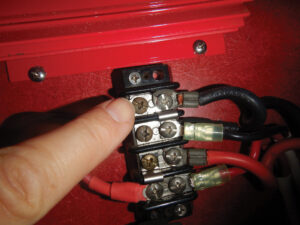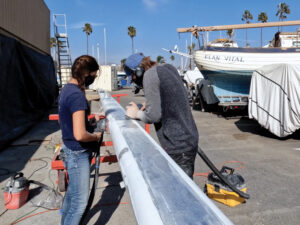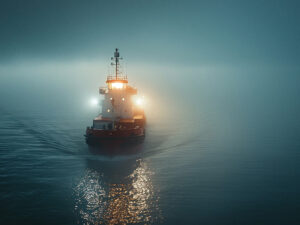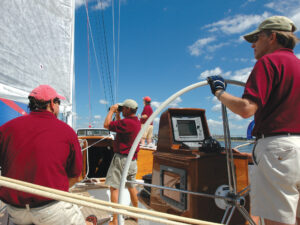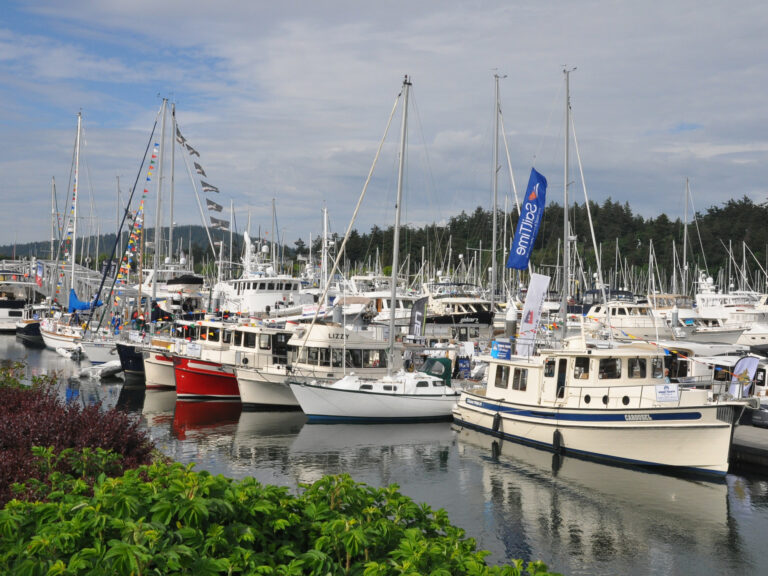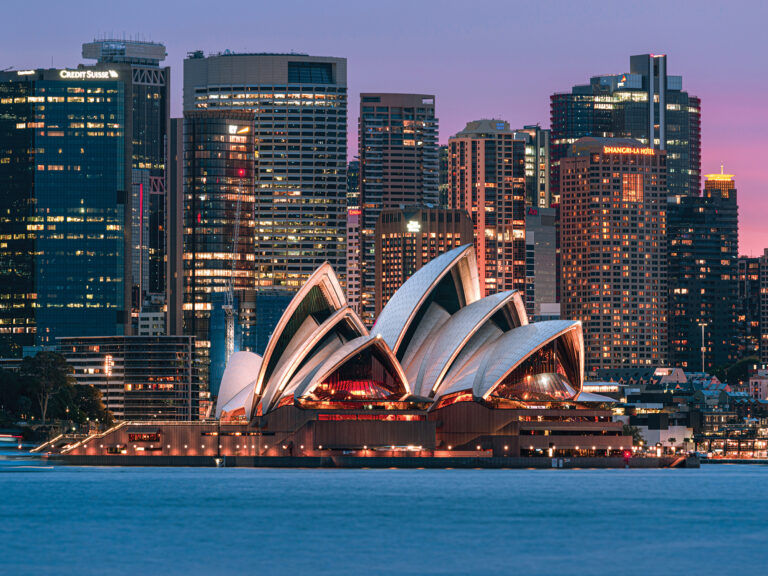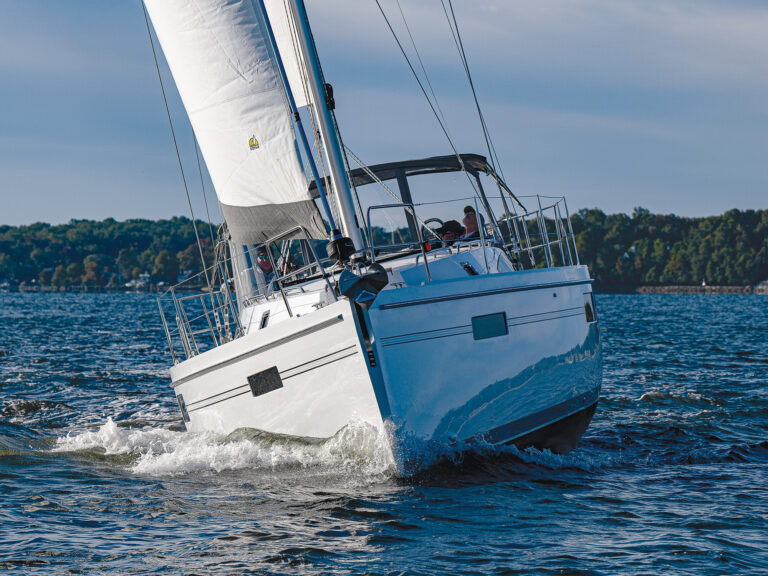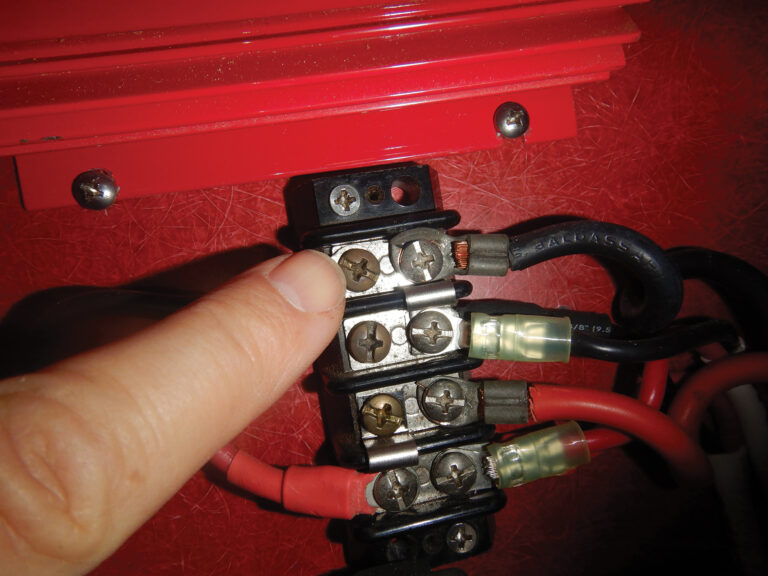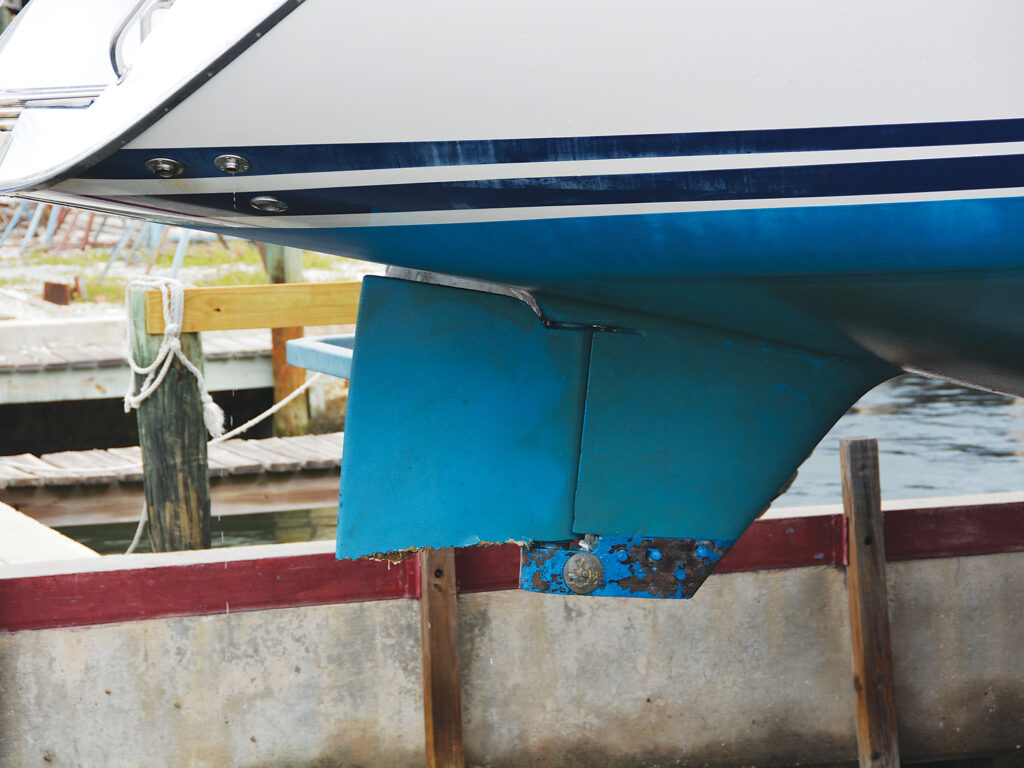
It was just before 0700 on April 26, some hundred miles southeast of Tampa Bay, Florida, aboard John Hamm’s formidable Hylas 54, Split Decision. An hour earlier, I’d come on watch as the powerful cutter roared south under full sail in a solid easterly hovering between 20 and 25 knots, with the occasional higher gust. The seas were confused, bumpy and building, and nobody was particularly interested in breakfast.
Still, the autopilot was handling everything nicely (competing in the Regata del Sol al Sol’s Cruising Class, auto-helms were permissible). I was perched by the wheel, taking it all in, when silently, unexpectedly, Split Decision rounded up hard to weather. The sails flapped wildly. What the hell? was my first thought.
Little did I know that the next 17 hours were going to be very, um, interesting.
We had departed St. Petersburg, Florida, the previous morning bound for Isla Mujeres, Mexico, as part of the 18-boat fleet in this biennial 470-mile Gulf of Mexico distance race that skirts the west coast of Cuba. I’d done the race once before and totally enjoyed it, so when the opportunity to crew on Split Decision presented itself, I was all in.
I’d joined a fun, experienced crew of racing sailors from the notable St. Petersburg Yacht Club. They were led by skipper Hamm, who completed a circumnavigation with his family some 20 years ago (Hamm’s brother, Chris, a professional mariner from San Diego, rounded out the six-man team). To say that Split Decision was exquisitely prepared is an understatement. Hamm had compiled a small library of instructional manuals that he’d written over the years on safety, systems, weather and operations that lined the shelves of his navigation station. It was impressive stuff.
On a prerace haulout several months earlier, Hamm had determined that there was water in the rudder. The Hylas service office in Fort Lauderdale recommended the following course of action: Drain it and dry it, make sure there is no rust, and seal it all back up.
“We followed their recommendations,” Hamm said after our adventure. “I am sure if there had been a concern on their part about the integrity of the rudder, they would have suggested we replace it. They never did hint about needing a replacement.”
So, off we went.
The forecast was favorable, if a bit sporty: light airs for the morning start, a building sea breeze in the afternoon, and then a strong easterly filling in just before midnight. It all unfolded precisely as predicted. The conditions couldn’t really have been better, and we were all looking forward to a sleigh ride of a port-tack power reach all the way to Mexico.
Which is what everyone else got to enjoy. In fact, new race speed records were established in the Racer/Cruiser and Multihull divisions.
We, in an instant, had no steerage.
I put the autopilot on standby, took the wheel, and tried to get us back on course. It required a bit of effort to do so, after which I switched the self-steering back on.
Seconds later, Split Decision again spun out of control. “You’d better get your brother up,” I told Chris.
Hamm had no better luck than I did.
Now what? It was 140 nautical miles to Key West, 91 to Charlotte Harbor and 108 to the Manatee River, just outside the entrance to Tampa Bay. The problem was, they were all to varying degrees upwind, and if we couldn’t get on top of the situation, we were going to get blown to Texas.
Luckily, we had a brand-new Starlink unit aboard, and crewman Christian Bergstrom took over as comms officer. His first call was to the event organizers. Our race was officially over.
Next, he reached out to all the various commercial towing outfits along the coast, none of which were interested in heading offshore in sketchy weather and a small-craft warning.
He then contacted the US Coast Guard to apprise them of our situation, and received an offer to send a helicopter to snatch us off, which of course wasn’t an actual option. But they also said they’d send out a boat to tow us in the final miles if we still had steering issues as we approached the shoreline. That was much appreciated. The Manatee River made the most sense, so we swapped the genoa for the staysail and (sort of) pointed Split Decision’s bow in that general direction.
We collectively surmised that the rudder cables had jumped the quadrant, which was, unfortunately, under the big berth in the aft cabin. Tearing everything apart to have a look in a somewhat violent seaway was in nobody’s interest. Instead, Hamm dug out and set up the emergency tiller, then led a pair of lines to the cockpit winches.
At this stage, I was back on the wheel and could more or less scribe a wandering course some 30 to 40 degrees left or right of where we actually wished to go. It was maddening, to say the least. Chris set himself up alongside the winch, and when I really lost it, he’d give a quick, sharp tug on the emergency tiller to give me a bit of control. To be honest, it was more akin to sculling than steering, but at least we were heading home.
It was now pretty apparent that it wasn’t a quadrant issue, but that we’d lost a good portion of the rudder.
This went on for many, many, many hours.
It was after midnight as we motorsailed the final miles to Tampa Bay. It turned out that upping the rpm gave us better steerage, but there was no way we could directly drive into the Manatee River anchorage. Bergstrom had been in regular contact with the Coast Guard, and true to their word, they sent out a big RIB with a professional crew to tow us the final miles. The tariff? A full inspection once the hook was down. Of course, Split Decision passed with flying colors. After that, at 0300, a bottle of rum made a welcome appearance.
A while later, Hamm’s curiosity got the better of him, and he plunged into the river to have a look. Which is when he discovered that most of the rudder was missing. I still can’t believe that I didn’t feel or hear anything at the time, basically perched right above the thing. A mystery, indeed.
Naval architect Gerry Douglas is a mutual friend of Hamm’s and mine, and had hooked me up with Split Decision in the first place. In his former role as chief designer at Catalina Yachts, he’d been especially interested in the hows and whys of rudder failures. When I checked in with him after the race, he was interested in learning more.
Several weeks later, Hamm sent me this update: “Gerry and I met at the boat, and two items came out of that meeting. One was [that] the large 5-inch stainless reinforcement did not appear to be 316 stainless as specified on the drawings from the designer. We think it was stainless, but some lower grade (maybe 304), because when we applied a large magnet to it, there was a small attraction, which would never happen with 316 stainless. The rudder shaft is 316 and had no attraction to the magnet. Gerry’s theory is that the rudder was weakened by water intrusion. He believes once a rudder has water in it, it will get water in it again and it will have some level of weakening due to corrosion. I am not sure if that was or was not a contributing factor on my rudder failure.
“When the boat was pulled out of the water, the reinforcement stainless was very clean, and was bent and twisted. It now has a little bit of surface rust after being out of the water for five weeks. FYI, upon closer inspection, we found streaks which removed bottom paint and dug lightly into the bulb on the bottom of the keel. With the new bottom job just a few weeks before the race, there should have been no streaks in the paint. Speculation by some of the crew is that we may have hit a net of some kind that dragged under the keel and then hung on the rudder, causing it to break. Who really knows? Lots of speculation here!”
All I do know is that I never got to sip that first cold Corona on a beach near Cancún. I ended up back home with just another sea story and a sad case of the lost rudder blues.

